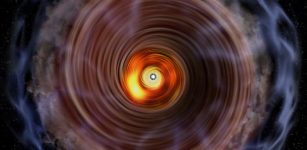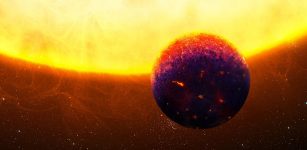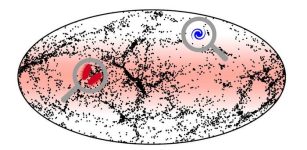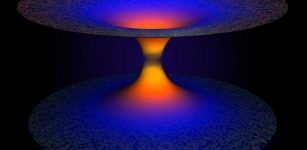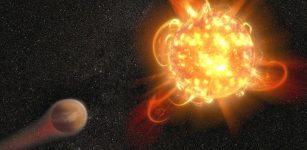‘Zombie’ Star Could Reignite In Close Encounter With Elusive IMBH
MessageToEagle.com – Researchers from Lawrence Livermore National Labroatory (LLNL) explored whether a dormant white dwarf star — sometimes referred to as a “zombie” star — could reignite if it had a close encounter with an intermediate-mass black hole.
The existence of the most elusive type of black hole, known as intermediate-mass black holes (IMBHs) has been proved by researchers.
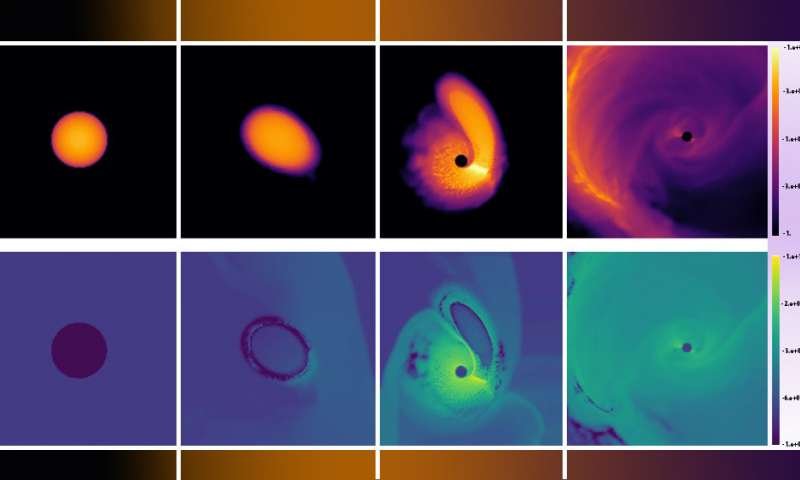
Simulations of dozens of different close encounter scenarios show that such an encounter would reignite the once-dead star, and the process could create significant electromagnetic and gravitational wave energies that might be visible from detectors in near-Earth orbit.
“It was exciting to see that the zombie star reignited in each of the close encounter scenarios we looked at,” Peter Anninos, LLNL physicist and lead author on the paper, said in a press release.
“But what really captured my imagination was the idea that these energetic events could be visible. If the stars align, so to speak, a zombie star could serve as a homing beacon for a never-before-detected class of black holes.”
The simulations showed that the stellar matter fused into varying amounts of calcium and iron, depending on how close the star passed by the black hole. The research suggests that an “optimal” close encounter could fuse up to 60 percent of the stellar matter into iron. This peak mass conversion took place with a white dwarf passing at a distance of two or three black hole radii.
Prior research has simulated tidal forces on white dwarf stars, but the calculations in this study are the first fully relativistic simulations that model nucleosynthesis in reigniting white dwarf stars. They also are the highest resolution simulations to date of nucleosynthesis inside the core of a tidally disrupted white dwarf star, where the strongest reactions occur.
“This entire project was made possible by our summer students and postdocs,” Anninos said. “We’re all about training the next generation of physicists, and this sort of project allows early career researchers the chance to spread their wings and run some heavy simulations.”
MessageToEagle.com

